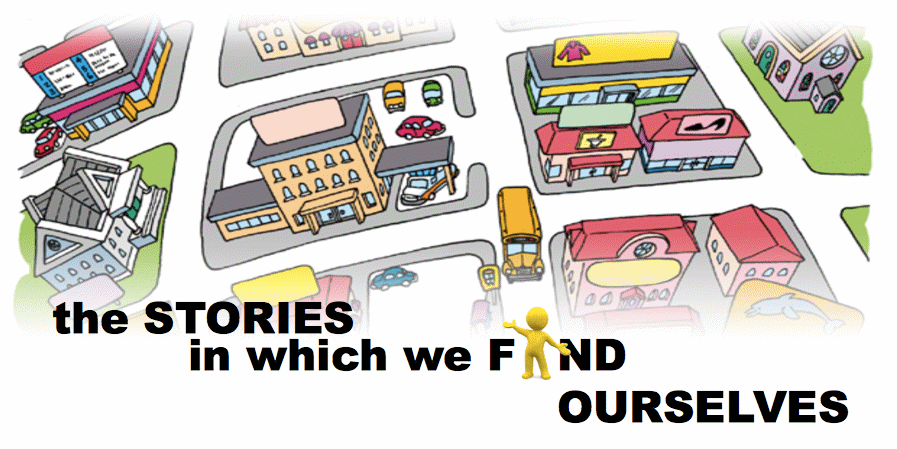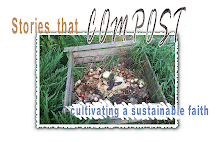How to Tell Better Sacred Myths
Here's a quote from Faith Forward: A Dialogue on Children Youth & A New Kind of Christianity that offers 6 steps in telling more beautiful, more just, more virtuous sacred myths.
"Russell [Rathbun] and I took people through a reading of a common scripture narrative, giving them these directions:In the Stories the COMPOST workshop, not only do we participate as community in the storytelling process outlined above, but we also identify 7 important attributes that more beautiful sharings of the biblical narrative tend to have.
"The responses to every facilitation of this simple process have been amazing. Once youth [and the adults in their lives] sink their teeth into the text in this way and find out that this is how a living tradition is supposed to function, they seldom want to let go. Russell and I call this kind of reimagining of the biblical narrative “stories that compost.” Our hope is to pass along tellings of the stories of our faith that our children can use for as long as the stories nourish them. But when the stories cease to be of value, they can “psycho-degrade” if you will, and be reconstituted into something more relevant and useful for the specific times in which our children (or grandchildren) live."
- Read the passage for what it says and doesn’t say.
- Think about how you have traditionally heard this story told.
- List three things you love about the passage as you are now reading it.
- List three things that have bothered you in the past about the story itself or the way the story is typically recounted.
- Articulate three questions that come to mind when you think of this story.
- Select one thing from each of the three preceding categories and use them to re-imagine the story.









